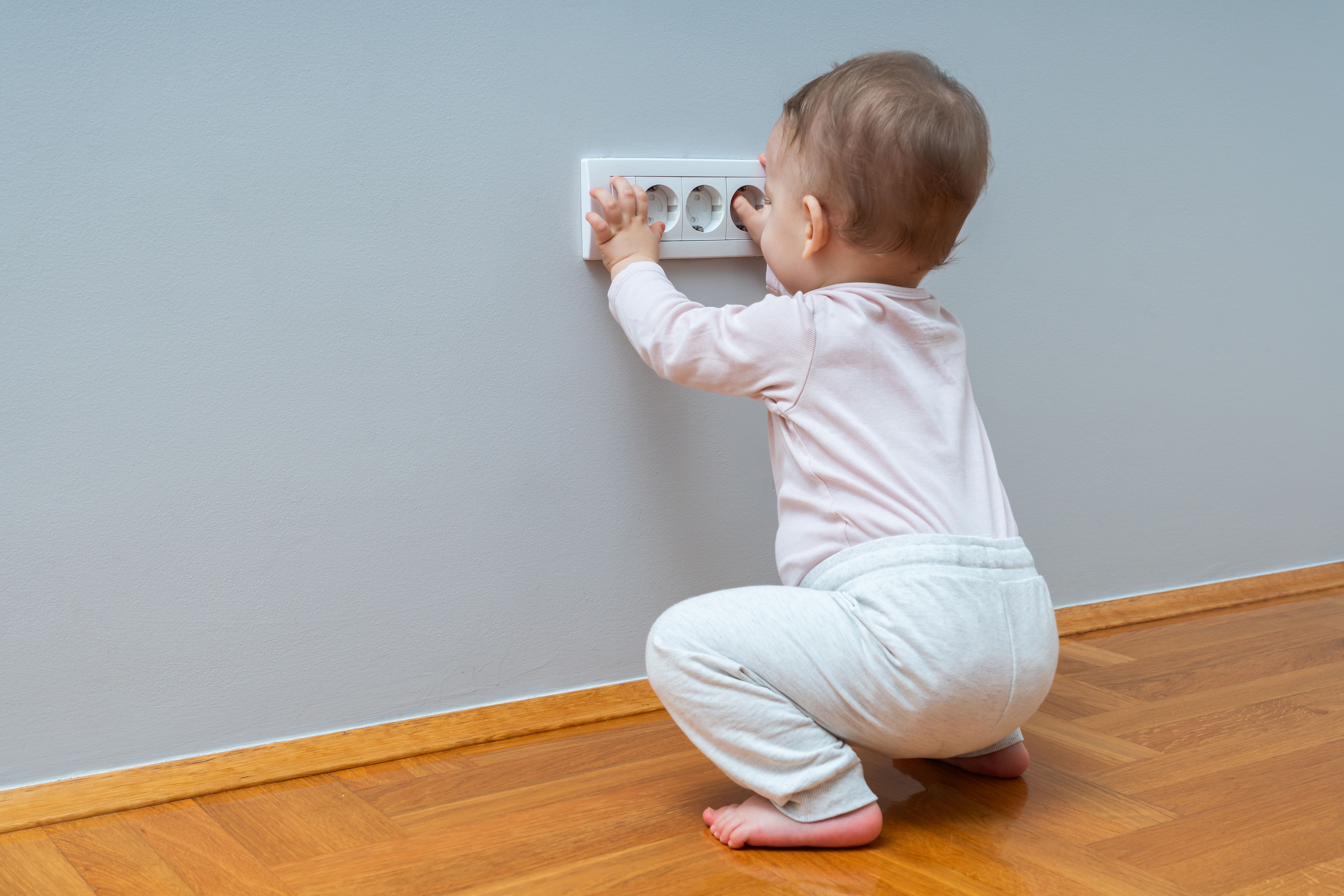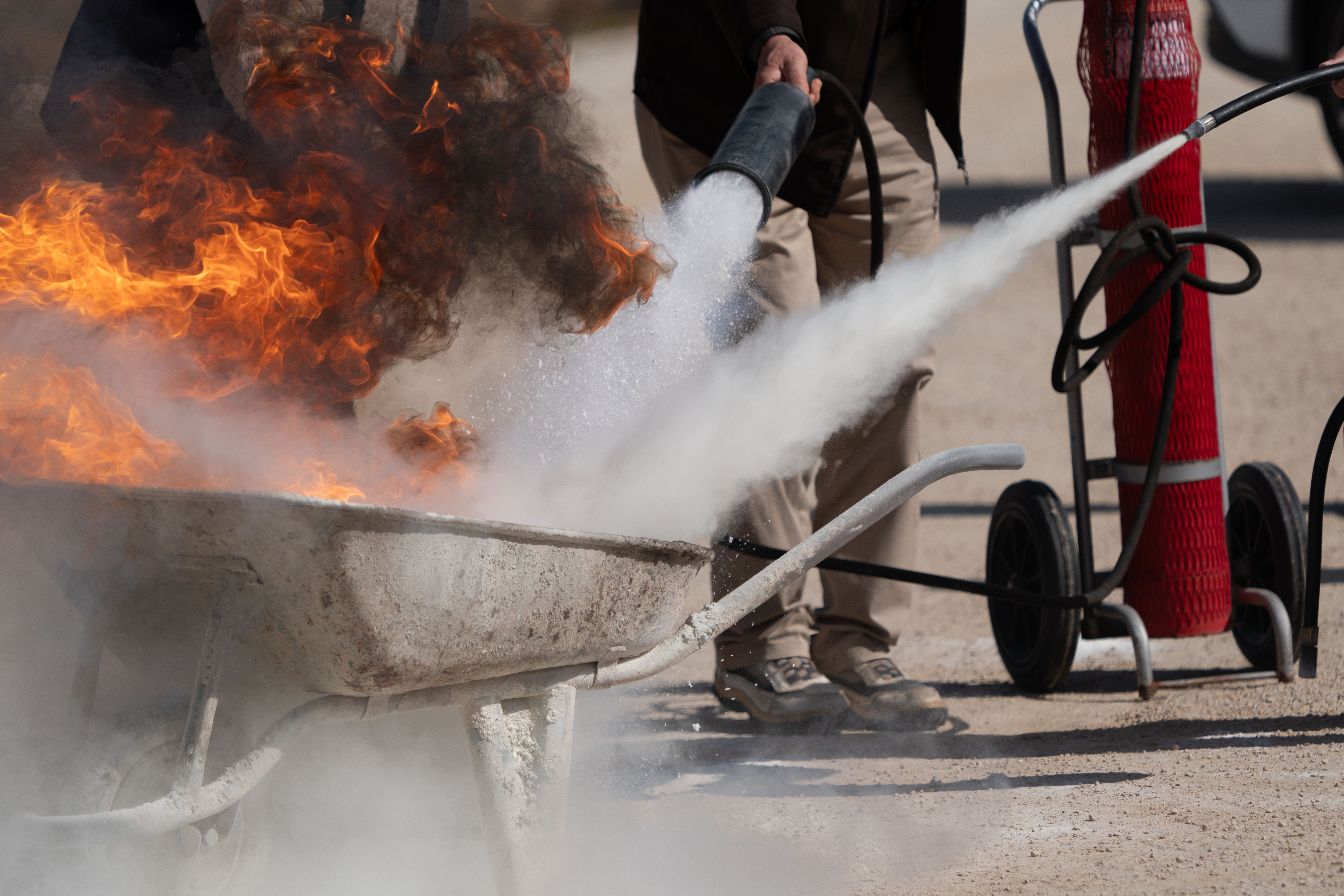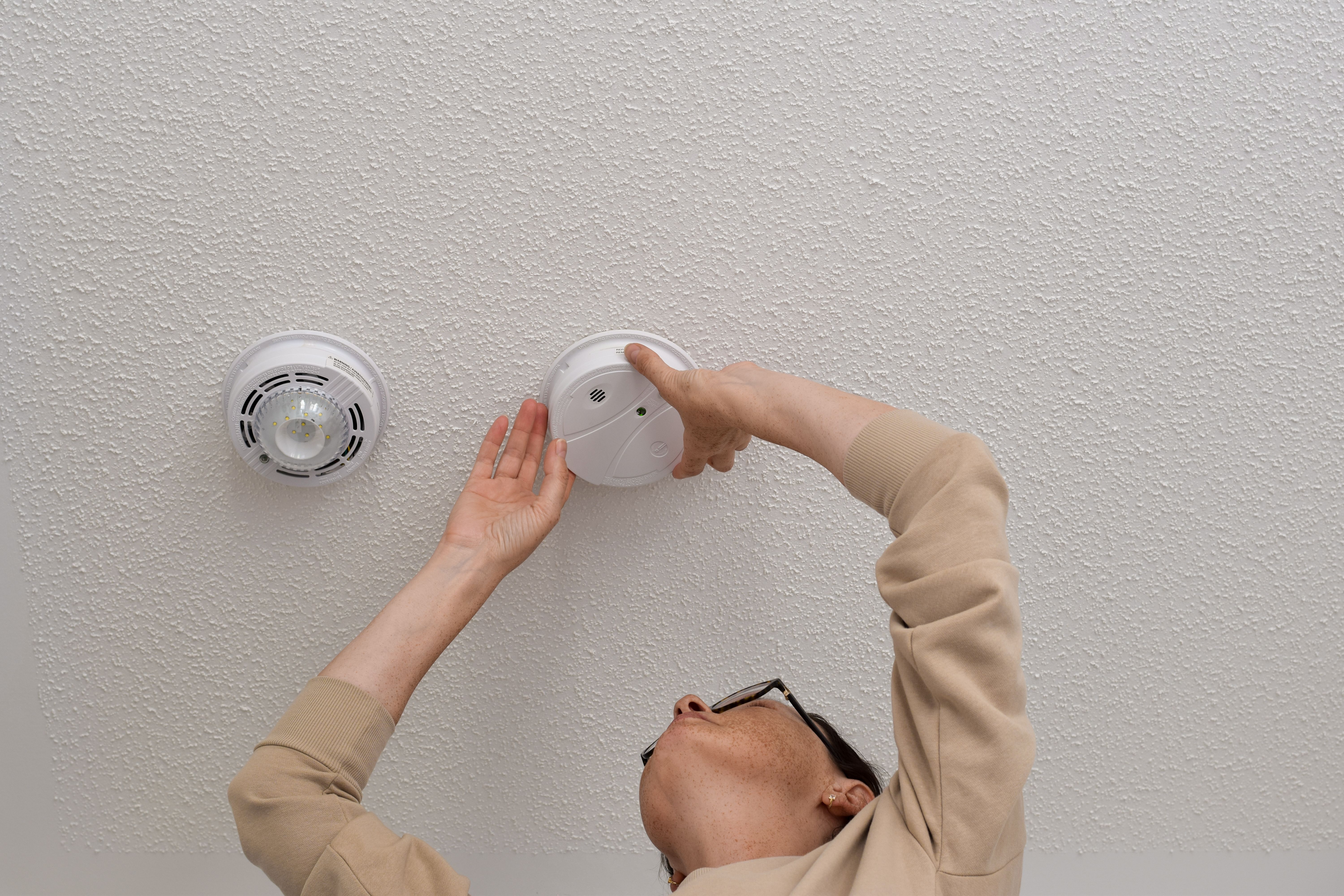Essential Fire Safety Tips for Families
Understanding Fire Risks at Home
Fire safety is a critical aspect of home safety that every family should prioritize. Understanding the potential risks and taking preventative measures can significantly reduce the likelihood of a fire. Common causes of home fires include unattended cooking, faulty electrical wiring, and improper use of heating equipment.
Identifying Hazards
Start by identifying potential hazards in your home. Check electrical cords for damage, ensure that smoke alarms are functioning correctly, and store flammable materials safely. Being proactive in identifying these risks is the first step toward creating a safer environment.

Creating a Family Fire Escape Plan
Having a well-thought-out escape plan is essential for ensuring every family member knows what to do in case of a fire. This plan should include multiple escape routes from each room and a designated meeting place outside the home.
Practicing Your Escape Plan
It's important to practice your escape plan regularly with all family members. Conducting fire drills helps everyone become familiar with the routes and reduces panic during a real emergency. Make sure children understand how to react and where to go if they hear the smoke alarm.

Installing and Maintaining Smoke Alarms
Smoke alarms are an essential component of home fire safety. Ensure that alarms are installed on every level of your home and inside each bedroom. Test them monthly to ensure they are functioning and replace batteries at least once a year.
Choosing the Right Smoke Alarms
There are different types of smoke alarms, including ionization and photoelectric models. Consider installing a combination of both types for comprehensive coverage. Additionally, interconnected alarms provide an added layer of safety, as they will all sound when one is triggered.

Fire Safety Equipment at Home
Equip your home with essential fire safety tools, such as fire extinguishers and fire blankets. Place fire extinguishers in accessible locations, such as the kitchen and garage, and ensure all family members know how to use them properly.
Understanding Fire Extinguisher Types
Fire extinguishers are classified by the types of fires they can put out. Common classes include A for ordinary combustibles, B for flammable liquids, and C for electrical fires. Having a multi-purpose extinguisher can be beneficial for covering more than one type of fire.
Teaching Children About Fire Safety
Educating children about fire safety is crucial for their protection. Teach them the basics of stopping, dropping, and rolling if their clothes catch fire. Ensure they understand the importance of not playing with matches or lighters.
Encouraging Safe Practices
Encourage children to report any potential fire hazards they notice, such as exposed wires or unattended candles. By involving them in maintaining a safe environment, you reinforce the importance of fire safety awareness.

